Robert Capa:
http://www.magnumphotos.com/C.aspx?VP3=CMS3&VF=MAGO31_10_VForm&ERID=24KL535353
 |
| Here is an image of the first wave of American WWII soilders storming the beaches at Normandy, France. This image captures the movement of the soilders as they run head first into the German ground forces. |
Robert Capas was a Hungarian war photographer who took lots of his war photos in WWII but also in some Asian conflicts after the war. The image above is just one of Robert Capas work, he mainly took photos of the war sometimes on the battlefield and also when people were happy that they had eliminated the German threat in French towns. In Capas long history of photography he was killed in when he stepped on a landline and was killed upon arrival at the medical camp. The tone of the image is black and white. Robert in the image above managed to capture the movement of the solders which I would like to try in my own work and try to capture the fast paced movement of people or objects.
Hexlord:
 |
| I like that in this photo he has a single source of light that only just highlight his two models and gives them a shadow like effect. I also like that he didn't just use a white light but instead used a red light source to make the image look more sinister. |
Hexlord is a Malaysian cosplay photographer who does lots of work with models in darkened places. He also does lots of work with a type of cosplay called vociloid cosplay. He is well know in the cosplay world for his cosplay photos and also his editing of his photos. He mainly uses colour to show off his photos. Most of his photos contain some form of colour which makes the image what it is. The colour he uses adds to the atmosphere of the image and without it there would be no atmosphere to the images. I would like to try this with some of my work by adding in lots of colour that if they were removed than the atmosphere of the image would be lost.
Henri Cartier-Bresson:
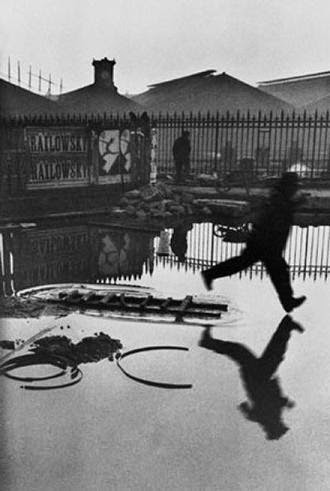 |
| In this image we can see that Henri Cartier has managed to capture a person in mid movement and in mid air. This makes the image look like the person is floting and he also had the persons reflection in the water bellow him as well. |
Henri Cartier-Bresson does lot of types of photography, his main two types are movement and people in different emotional and physical positions. He does lots of photos of people doing a multitude of things and he also has images from the start of life to the end of peoples life, and everything in-between. I would like to incorporate both of his types of photography into my work because I think it would make some rather interesting images.
Ansel Adams:
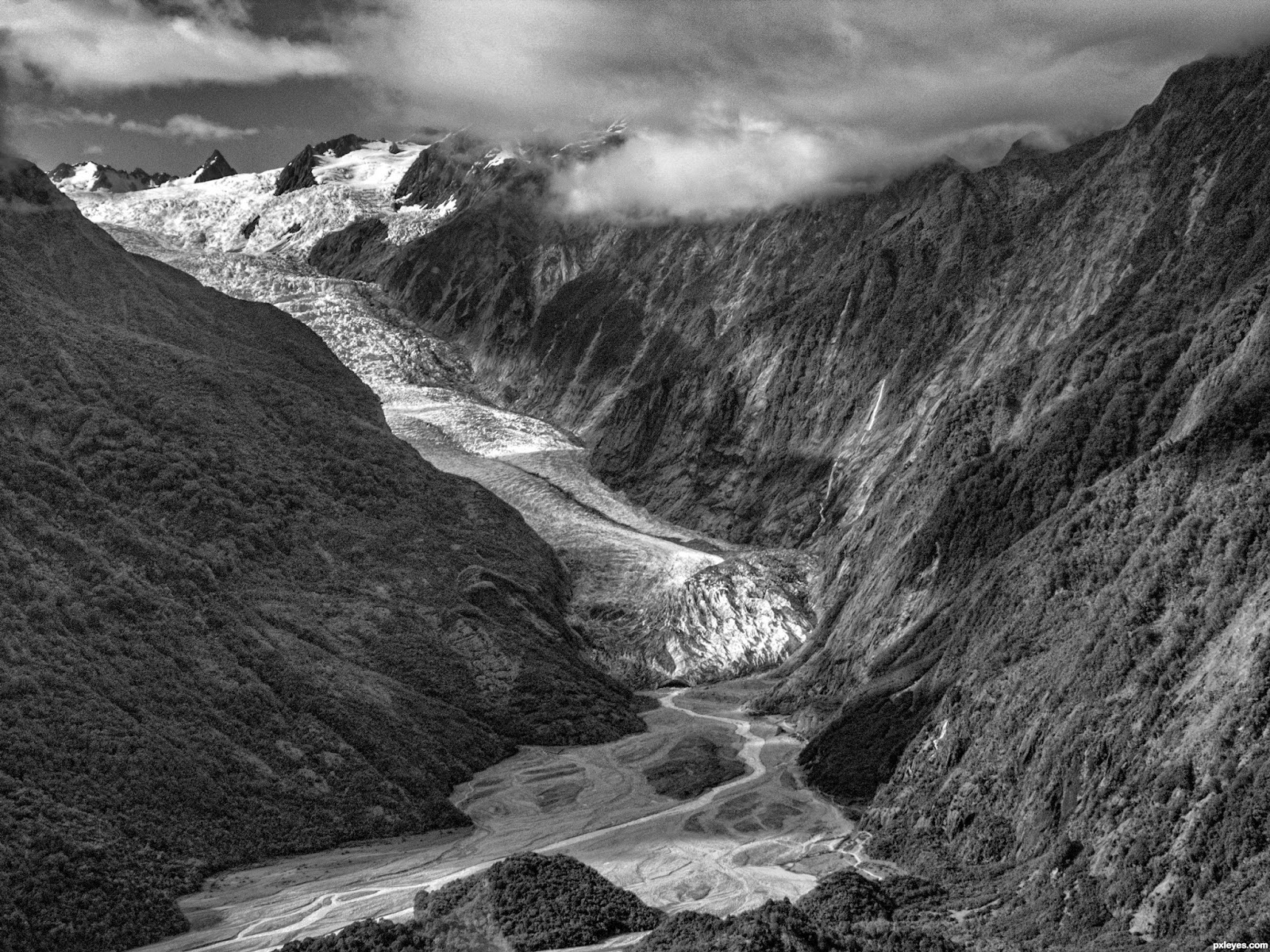 |
| Here is an image of one of Ansel Adams many pieces of a valley in the USA. |
Ansel Adams is an American nature photographer who took lot of photos of natural Valleys with rivers and snow. He also most always does his images in black and white tones, but he did experiment with colour during his career. I think that the lack of colour in his images and the black and white tone adds dramatically to the image themselves this is because when you look at them you just notice the beauty of the landscape and less the colour of the area which I think adds to the atmosphere of the photo. By doing this it keeps the image in an internal state of mystery.
Larry Burrows:
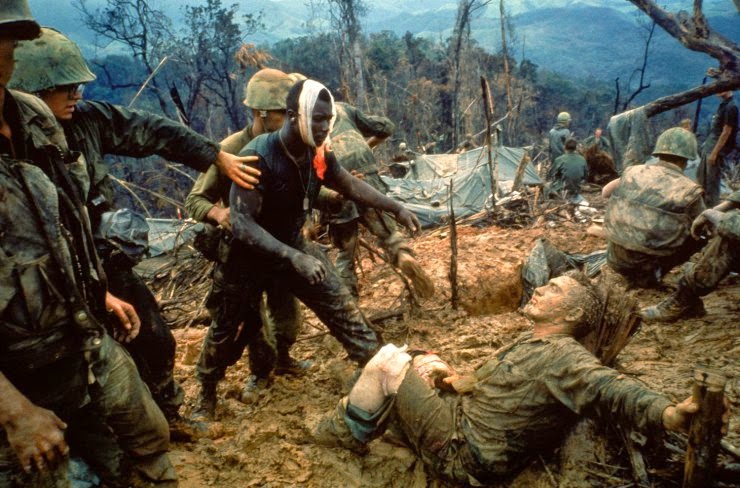 |
| Here is the image known as reaching out, it shows a Sgt going to the aid of a stricken comrade after a fierce firefight. |
The thing I like about Larry Burrow is that he mange to capture the emotion of what was happening on the battlefield at the time he has taken the photo. The photo above is like many of his other photo it is of him managing to capture the emotion felt during the time of the photo.
Eddie Adams:
 |
| This image shows just before the execution of a Vietnams civilian by a police officer. |
This think that I like about Eddie Adamsn is that with this image it is a group of three images where he took a shot as the prisoner was being moved, before he was shot, and then an image of him dad on the ground as the general puts his gun away.
Tim Page:
 |
| In this image we can see that Tim Page has managed to take a photo of some men retuning back while helping a fellow solider back. |
The thing I like about Tim Page is that he gets a wide range of photos, he doesn't just get photos of how the war effected soldiers he also got images of the people it effected as well. He has lots of photos of children helping to re-build and lots of photos of people who were affected by the war.
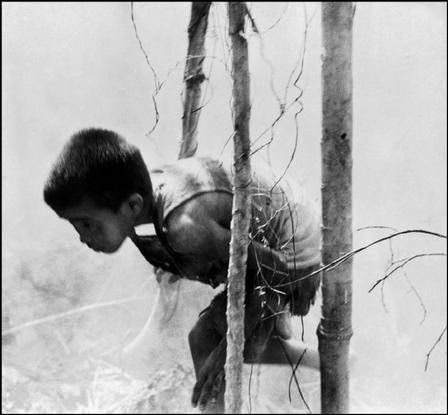 |
| As we can see in this photo it is a little boy running away from a war zone to save his life. |
The thing i like about W. Eugene Smith is in all of his WWII photos he doesn't try to sugar coat what was happening he showed people what was happening down in the depths of the war and also managed to capture peoples emotion at that time.
Diane Arbus:
http://www.artnet.com/artists/diane-arbus/
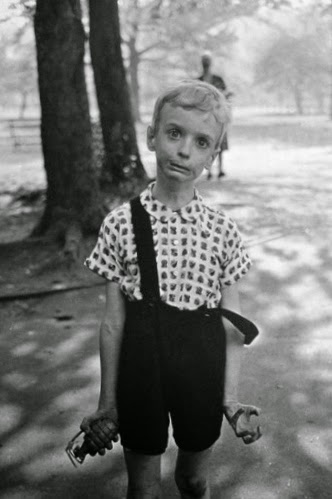 |
| In this image done by Diane Arbus there is a child in the middle of centro park with a toy hand grenade looking a bit crazy. |
The thing I like about Diane Arbus is she was not afraid to get pictures that go against the norm and she would also get picture that show people inner self. I'm not say this child is crazy but it shows that there could be a child out there how would really want to throw a hand grenade into a public area.
Robert Frank:
http://www.atgetphotography.com/The-Photographers/Robert-Frank.html
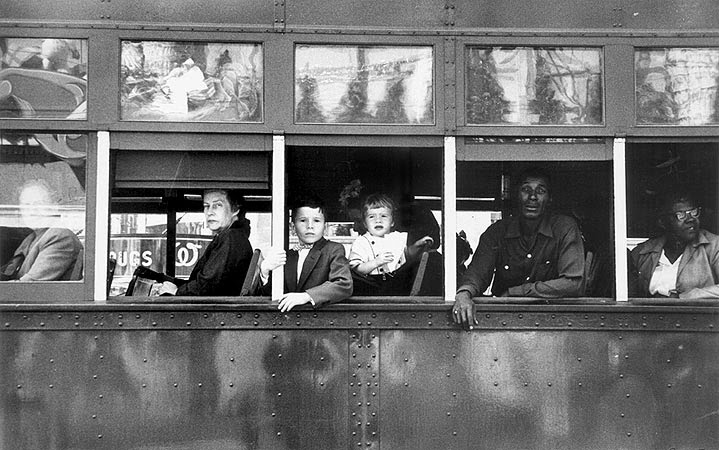 |
| In this photo done by Robert Frank we can see the segregation between black and white people on a bus. |
Robert Frank was a great photographer whose seminal 1958 book The Americans broke new ground in documentary photography technique and was widely influential on succeeding generations.
Andreas Gursky:
http://www.artnet.com/artists/andreas-gursky/
 |
| Here we see one of Andreas work were he has taken a photo of a beach with each sections own coloured umbrellas. |
Andreas Gursky is a German photographer who takes pictures of mainly landscapes and also man-made unlikely landscapes. He does all his work in colour and also holds the record for the most expensive photograph ever taken which was sold for $4.3 million.
Annie Leibovitz:
 |
| Here we see one of Annie's new work of old fashion clothing and a girl trapped in a dark cave. |
Annie Leibovitz is a portrait photographer. She has had the opportunity to take pictures of Queen Elizabeth the II, Mick Jagger, and the rolling stones. She mainly takes photos like the one above of people in old tudor victorian clothing and has them doing things tat would happen during those times like a ball or a dinner party.
Jerry Uelsmann:
 |
| As you can see Jerry Uelsmann takes some very strange photos but does them in a black and white tone. |
Jerry Uelsmann only takes black and white tone pictures but he does some creative editing with them like in the one above where the boat is floating and the cabin is resting on the top of the lake as if it was on solid round.
Brassai:
http://www.artnet.com/artists/brassaï/
 |
| Here we see an image of a model posing doing something normal. |
Brassai uses shadow and light, the play between the two is evident in the work of Brassai. He captured the mystique that is paris and compiled that work in his book. Brassai would also take photos of random carving in walls that children had taken to show how they feel in there culture.
Edward Curtis:
http://www.edwardscurtis.com
 |
| Here is one Edwards Curtis most well know photos of an Indian Chief. |
Edward Curtis just like any other photographer will use the environment around him and its surrounding people to make a great photo. Curtis did this with the American west and the Native American people, as he captured their images.
Berenice Abbott:
http://www.commercegraphics.com/ba.html
 |
| Here we se some photography that has been done that shows the skyline of New York. |
Berenice Abbott takes pictures of urban New York architecture in black and white Berenice Abbott took advantage of the subjects surrounding her, the urban architecture of New York City. She extensively uses black and white format that allowed to help highlight some details that gave character to the city.
Alfred Eisenstaedt:
 |
| Here we see that Alfred has taken a black and white photo of Albert Einstein. |
Alfred Eisenstaedt is most well know for taking pictures of celebrities and he is also very well known because of all of his photographs related to WW II. He worked as a photographer in Nazi Germany and was also jewish at the time then moved to the USA where he then started taking photos of celebrities.
Margaret Bourke-White:
Margaret Bourke-White is famous for her work in combat zones and pictures of Soviet Union. One of her more famous documentary photographs is being one of the first photographers that was a non-soviet photographer to take a photo of Soviet Russia. She was also the first female allowed in a combat area.
Yousuf Karsh:
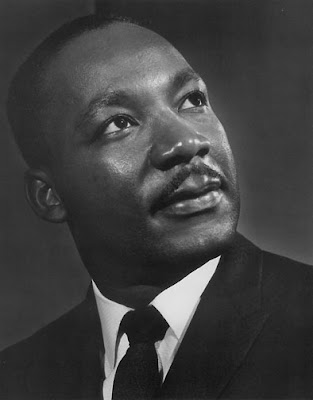 |
| Here is one of his photos of Martin Luther King. |
Yousuf Karsh is famous for taking photographs of famous people. He has taken lots of portrait photos of almost every famous person during their main era of being famous.
Paul Strand:
http://www.atgetphotography.com/The-Photographers/Paul-Strand.html
 |
| Here is a very old picture of some people in front of a very odd building. |
Paul Strand is an American photographer who along with the help of other photographers managed to make photography an official art form in the 20th century. He also takes photos of all types of genes in photography and has taken photos in multiple continents and has taken photos of everything in his photography life span over 6 decades.








































